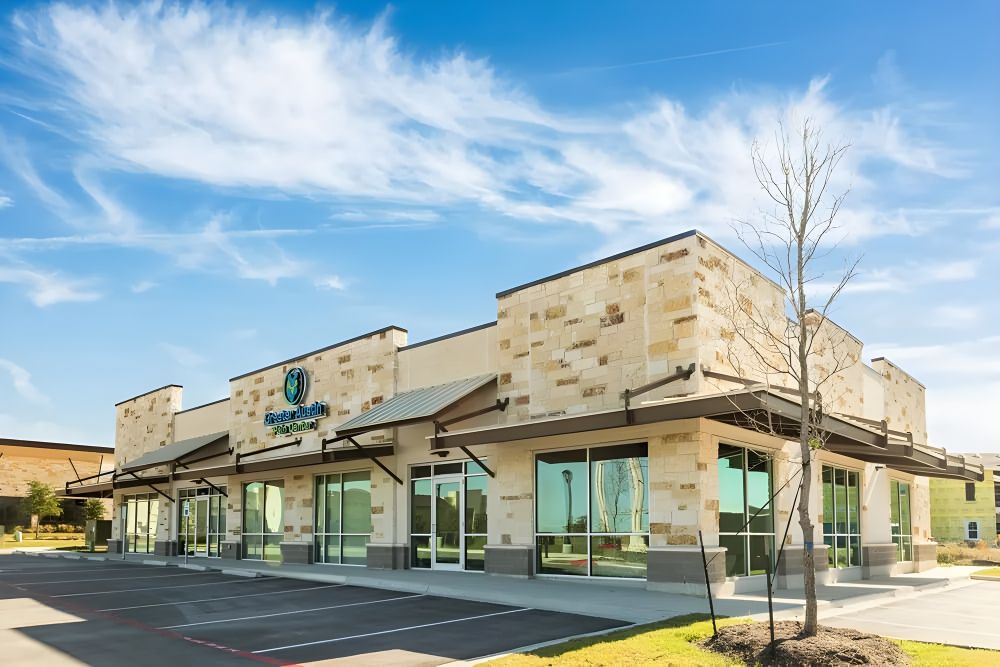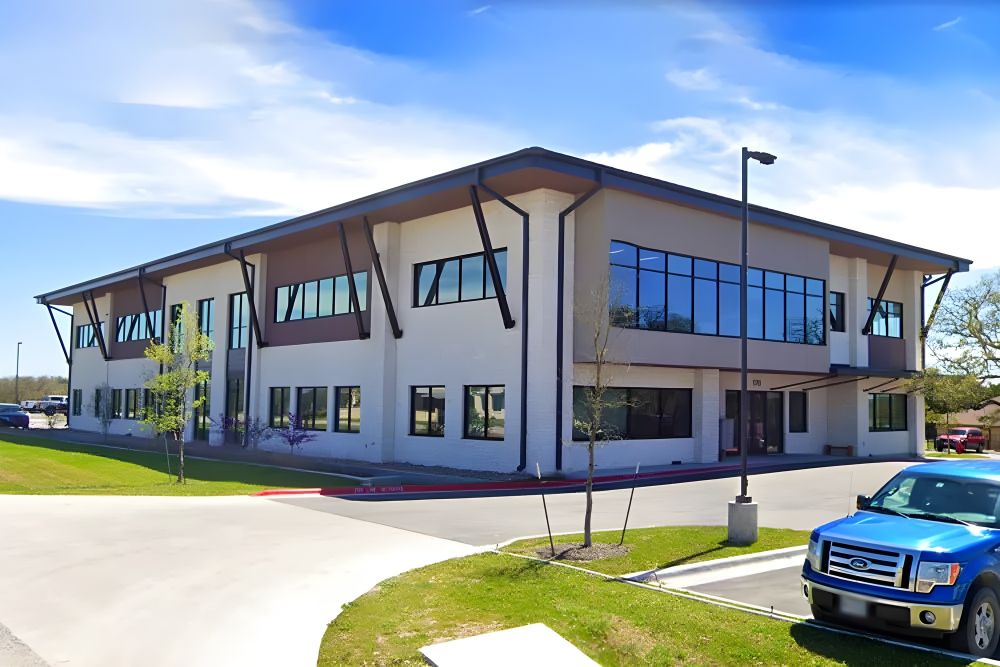What Is Dorsal Root Ganglion (DRG) Stimulation?
October 1, 2024

Dorsal Root Ganglion (DRG) stimulation is an advanced, innovative treatment for chronic pain, specifically targeting nerve-related pain in areas of the body that are difficult to treat with traditional therapies. At Greater Austin Pain Center, we specialize in providing relief from complex pain conditions through procedures like DRG stimulation, offering patients an improved quality of life.
What Is the Dorsal Root Ganglion (DRG)?
The dorsal root ganglion (DRG) is a group of nerve cells located just outside the spinal cord along the spinal nerves. These nerve cells are responsible for sending sensory information, like pain signals, from various parts of your body to your central nervous system, which includes your brain and spinal cord. While the DRG plays a crucial role in conveying pain signals, the processing of these signals occurs in the spinal cord and brain.
How Does the DRG Become a Source of Pain?
When the DRG is impacted by injury, inflammation, or chronic conditions, it can become sensitized and contribute to the transmission of heightened pain signals to the brain. This can result in persistent pain, even in the absence of ongoing physical damage to the tissues. Chronic pain conditions involving the DRG are often difficult to treat because the pain originates from nerve dysfunction rather than direct tissue injury.
Conditions That Can Affect the DRG
Many chronic pain conditions are associated with issues involving the DRG, including:
- Complex Regional Pain Syndrome (CRPS): A chronic pain condition that usually affects an arm or leg after an injury, surgery, or stroke. The pain is often disproportionate to the initial injury.
- CRPS Type II (Causalgia): Similar to CRPS but specifically follows a distinct nerve injury, characterized by severe, burning pain.
- Chronic Post-Surgical Pain: Pain that persists long after a surgical procedure, particularly in areas like the groin, knee, or chest.
- Peripheral Neuropathy: Nerve damage that causes numbness, tingling, or pain, commonly in the hands and feet. Certain types of peripheral neuropathy may involve the DRG.
- Failed Back Surgery Syndrome (FBSS): Chronic pain following spinal surgery, which may involve nerve-related pain that can be addressed with DRG stimulation.
How Does DRG Stimulation Work?
DRG stimulation is a minimally invasive procedure that involves implanting a small device near the DRG to deliver electrical impulses that modulate pain signals. Here's how the process works:
Evaluation
Before undergoing DRG stimulation, a patient will typically undergo a trial period. Temporary leads are placed near the affected DRG to deliver electrical stimulation and assess whether the therapy provides adequate pain relief.
Implantation
If the trial is successful, a small, permanent pulse generator (similar to a pacemaker) is implanted under the skin, and leads are positioned near the affected DRG. These leads deliver low-level electrical impulses that influence how pain signals are transmitted to the brain.
Modulation of Pain Signals
The electrical impulses alter the activity of the sensory neurons in the DRG, effectively "quieting" the overactive nerve responses. By targeting specific DRGs, the stimulation provides more precise and localized pain relief than traditional spinal cord stimulation.
Benefits of DRG Stimulation
DRG stimulation is a groundbreaking approach for patients who suffer from chronic pain, particularly in areas that are difficult to treat through traditional methods. For individuals seeking alternatives to medications or more invasive treatments, DRG stimulation provides a highly targeted, customizable, and minimally invasive option.
Targeted Pain Relief
Provides highly targeted therapy to the specific nerves responsible for chronic pain, making it particularly effective for hard-to-treat areas like the lower limbs, feet, or groin.
Minimally Invasive Procedure
The implantation procedure is relatively simple, with a fast recovery time. It's performed on an outpatient basis, allowing most patients to return home the same day.
Customizable Therapy
Patients can control the level of stimulation delivered by the device, allowing them to adjust the therapy based on their activity level and pain intensity.
Reduced Reliance on Medications
Offers a drug-free option for managing chronic pain, potentially reducing the need for opioid medications and their associated risks.
Improved Quality of Life
By reducing or managing pain, DRG stimulation can help patients return to normal activities, improve mobility, and enhance overall well-being.
How DRG Stimulation Can Improve Your Life
Living with chronic pain can drastically limit your ability to work, participate in physical activities, and enjoy daily life. For many patients, DRG stimulation offers the possibility of reclaiming their lives from chronic pain in the following ways:
Enhanced Mobility
By alleviating pain in the lower body, legs, or groin, DRG stimulation can help patients move more freely and engage in physical activities without constant discomfort.
Restored Independence
Chronic pain often leads to dependence on others for daily tasks. DRG stimulation can provide pain relief that allows patients to regain their independence and perform daily tasks with greater ease.
Emotional Relief
Chronic pain is not just a physical burden; it often leads to emotional distress, anxiety, and depression. By controlling pain, DRG stimulation can also reduce emotional strain, improving mental health and quality of life.
Is DRG Stimulation Right for You?
DRG stimulation is an excellent option for patients who have tried other pain management therapies without success. If you suffer from chronic pain and have not found relief through medication, physical therapy, or surgery, DRG stimulation may be the solution you've been seeking.
For DRG Stimulation in Austin, TX, and the Surrounding Areas Trust Greater Austin Pain Center
At Greater Austin Pain Center, we are dedicated to helping patients manage chronic pain and regain control of their lives. If you're interested in learning more about DRG stimulation or other advanced pain management options, contact us today to schedule a consultation.

















